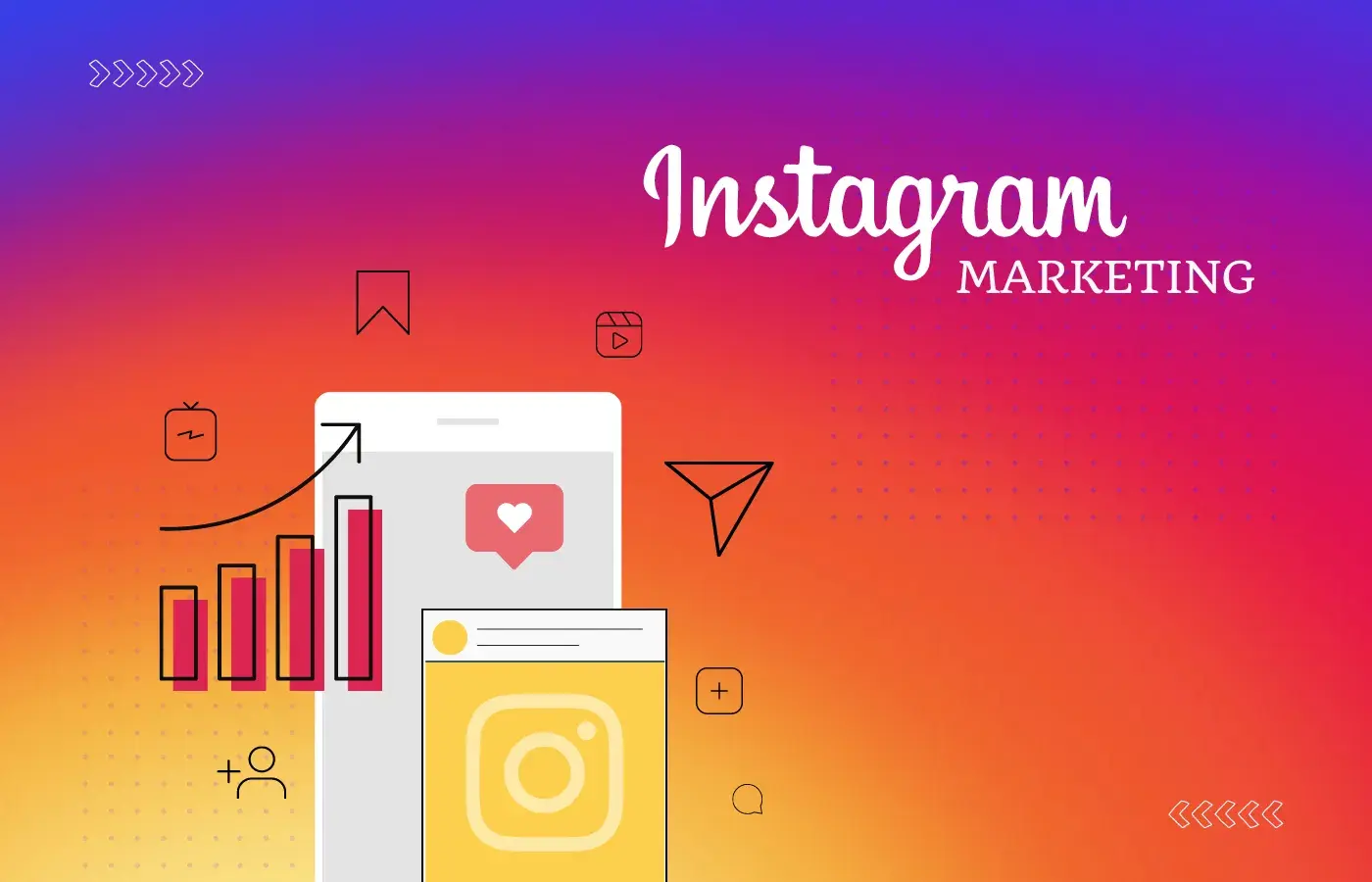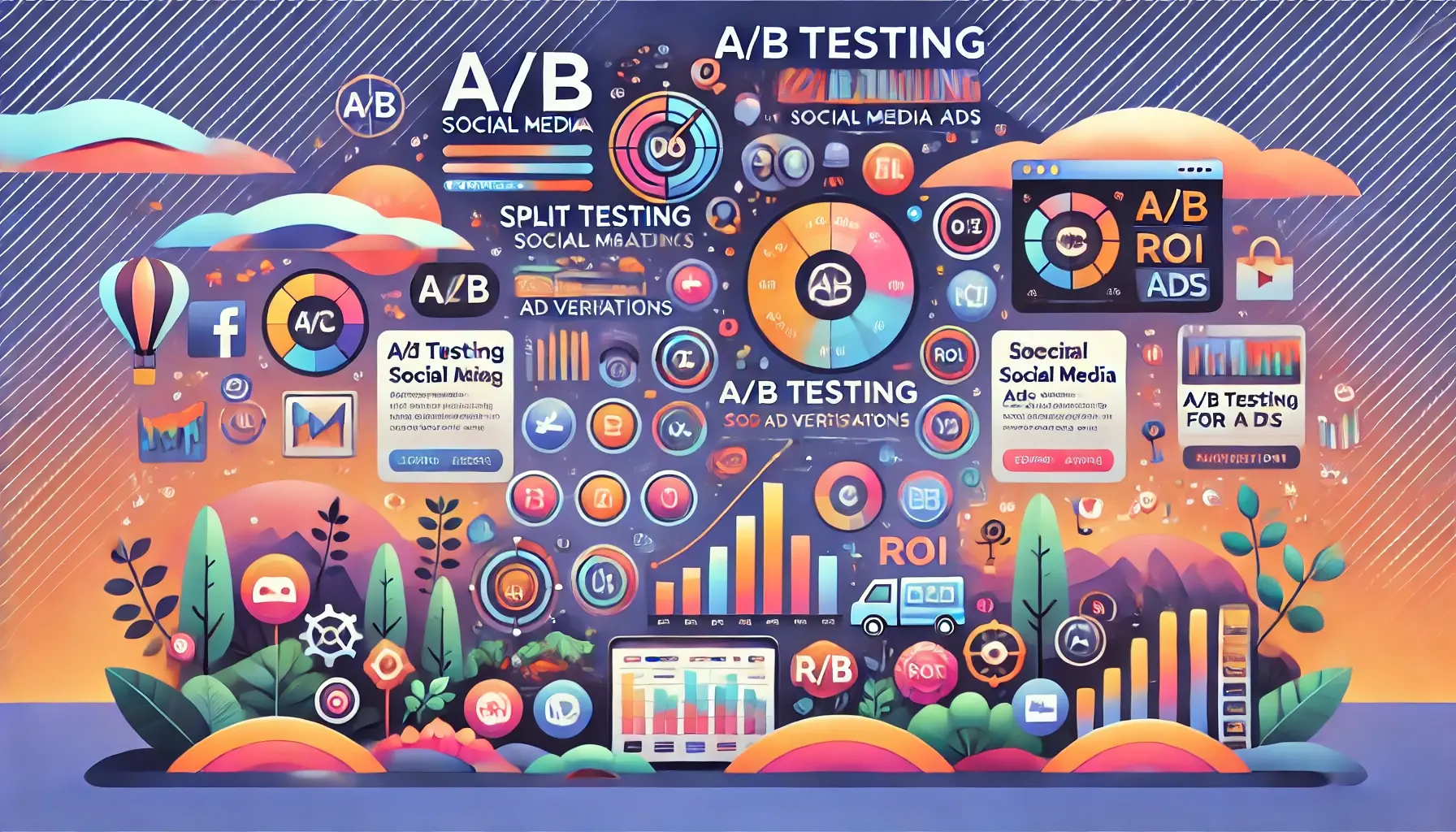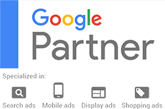Why Banner Size Matters in Digital Advertising
Banner ads are one of the most widely used formats in digital advertising—and for good reason. When properly designed and placed, banner ads can boost visibility, drive traffic to landing pages, and generate leads or sales. But one overlooked factor that determines their success? Size.
Banner ad sizes directly influence where your ads can appear, how engaging they are, and how well they perform across platforms. Whether you’re advertising on Google Display Network or social media, understanding the standard dimensions helps you plan effectively and design ads that work.
Standard Banner Ad Sizes (And Where They Show Up)
Let’s break down the most common banner ad sizes used across major advertising platforms. These include standard display ads and social media placements.
1. Leaderboard (728 x 90 px)
This wide, horizontal ad appears at the top of webpages—often the first thing users see when landing on a site. Because of its prominent placement and length, it’s excellent for brand awareness and catchy headlines.
Use it when:
You’re targeting desktop users and want visibility right as someone loads a page.
2. Medium Rectangle (300 x 250 px)
This is one of the most versatile sizes, working well for both desktop and mobile. It fits comfortably in sidebars and between content sections.
Use it when:
You’re looking for high performance across various devices and want a balance between image space and content.
3. Mobile Banner (300 x 50 px)
Designed for mobile, this ad appears at the top or bottom of screens. While small, it can still grab attention with the right copy and CTA.
Use it when:
You’re running a mobile-first campaign and want to stay within a modest ad budget.
4. Wide Skyscraper (160 x 600 px)
Tall and slim, this format typically lives in a page’s sidebar, following users as they scroll.
Use it when:
You want your ad to stick around as a user explores the site, especially on desktop.
5. Large Rectangle (336 x 280 px)
This size was once widely used but is now less supported on modern networks. However, it still performs well on sites that allow it.
Use it when:
You’re running ads on legacy display platforms or sites that support wider side column placements.
Banner Sizes by Social Media Platform
Social media platforms each have their own specifications. Here’s a simplified guide to standard ad sizes across key platforms.
Facebook & Instagram
- Square Feed Images: 1080 x 1080 px, 1:1 ratio
- Story/Reel Images: 1080 x 1920 px, 9:16 ratio
- Video Ads (Feed): 864 x 1080 px, 4:5 ratio
- Reels Video Ads: 500 x 888 px, 9:16 ratio
- Carousel Ads: 1080 x 1080 or 1080 x 1920 px
TikTok
- In-Feed & Top View: 540 x 960 px, 640 x 640 px, or 1280 x 720 px
- Branded Content: 720 x 1280 px, 9:16 ratio
Snapchat
- All Formats: 1080 x 1920 px, 9:16 ratio
X (formerly Twitter)
- Promoted Images: 1200 x 1200 px or 1200 x 628 px
- Video & Carousel Ads: 1:1 or 1.91:1 ratio
- Pre-roll & Sponsored Ads: 1200 x 1200 or 1280 x 720 px
How to Choose the Right Banner Size for Your Ad Strategy
There’s no one-size-fits-all approach. Consider these factors when picking your banner size:
1. Your Audience’s Device Usage
If your audience skews mobile, go for banner sizes optimized for smartphones (e.g., 300x50 or 1080x1920). Desktop-heavy traffic? Larger leaderboard or skyscraper banners may perform better.
2. Ad Placement Strategy
Think about where your ad will appear on the page. A leaderboard grabs attention early, while a sidebar skyscraper stays in view longer. Stories and reels demand vertical formats, while feeds handle square or landscape formats better.
3. Budget Constraints
Larger banners and placements on high-traffic sites can cost more. Smaller formats on mobile apps or less competitive placements can deliver solid ROI for limited budgets.
4. Message Complexity
If your ad needs to explain something or showcase multiple offers (e.g., carousels), you’ll need more visual space. Short, punchy messages or reminders can work with smaller sizes.
5. A/B Testing Plans
Planning to test different creative versions? You may want a flexible size like 300x250 or square formats that can be easily duplicated and tested across platforms.
Why Using Standard Sizes Matters
Standard sizes are the foundation of digital advertising compatibility. Using them ensures your ad:
- Fits into publisher inventory without distortion
- Displays correctly on a variety of devices
- Complies with ad platform guidelines
- Maximizes reach across ad networks
Following these specs also reduces back-and-forth with designers and developers, streamlines approvals, and improves your campaign’s scalability.
Formats That Work (Beyond Just Size)
Choosing the right size is only one piece of the puzzle. The format matters just as much. Consider:
- Static Ads: Simple images or designs—great for awareness or retargeting.
- Animated or HTML5 Ads: Grab attention and allow for slight motion without being intrusive.
- Interactive Ads: Allow users to engage directly with the ad (swipe, click, hover).
- Video Ads: Ideal for storytelling, education, or product demonstrations.
- Expandable Ads: Start small but expand when clicked or hovered.
- Pop-Up & Transitional Ads: Disruptive but high-converting when used sparingly and appropriately.
Plan Banner Ads With Purpose
Banner advertising remains a powerful tool in your marketing stack - if it’s done right. By using standard sizes, tailoring creative to your audience, and strategically placing your banners across the web and social platforms, you increase your chances of cutting through the noise.
Always test, measure, and refine. Over time, your data will reveal which sizes and placements drive the most engagement for your brand.









